- Home
- Articles
- Architectural Portfolio
- Architectral Presentation
- Inspirational Stories
- Architecture News
- Visualization
- BIM Industry
- Facade Design
- Parametric Design
- Career
- Landscape Architecture
- Construction
- Artificial Intelligence
- Sketching
- Design Softwares
- Diagrams
- Writing
- Architectural Tips
- Sustainability
- Courses
- Concept
- Technology
- History & Heritage
- Future of Architecture
- Guides & How-To
- Art & Culture
- Projects
- Interior Design
- Competitions
- Jobs
- Store
- Tools
- More
- Home
- Articles
- Architectural Portfolio
- Architectral Presentation
- Inspirational Stories
- Architecture News
- Visualization
- BIM Industry
- Facade Design
- Parametric Design
- Career
- Landscape Architecture
- Construction
- Artificial Intelligence
- Sketching
- Design Softwares
- Diagrams
- Writing
- Architectural Tips
- Sustainability
- Courses
- Concept
- Technology
- History & Heritage
- Future of Architecture
- Guides & How-To
- Art & Culture
- Projects
- Interior Design
- Competitions
- Jobs
- Store
- Tools
- More
The Oasis: Reimaging Public Infrastructure

As cities continue to urbanize, the significance of civic infrastructure becomes even more apparent. Yet, many of these structures fail to engage with their immediate physical and social environments, often resulting in isolated buildings with homogeneous, disconnected activities. Inspired by Giambattista Nolli’s “figure-ground” map, the upcoming project relooks at metro stations and envisions them as integral components of the urban fabric rather than standalone entities.

This project was shaped by extensive, multi-dimensional research into the socio-political layers influencing the site. This research approach revealed a series of tangible and intangible conflicts present on site owing to its diversity that required attention and resolution. The former included a severe lack of green, public spaces and its ecological impact, and due to the exponential commercialization of the region in recent years like traffic congestion, noise pollution and the lack of recreational spaces. Moreover, the engagement with the stakeholders brought to light the socio-cultural tensions between the three distinct religious groups residing in that area and through a study of behavior mapping I was able to understand how different demographics – across gender, age, class and religion – interact with each other within a space.

As a response to the diversity present on site, the project redefined the conventional notions of a metro station by blending heavy infrastructure with nature – transforming the space into a public garden. By breaking the monotony of the dense urban fabric, the intervention offers a much-needed place of respite while fulfilling the void of an open, green space for the precinct.
By viewing the stakeholders as dynamic moving elementals of the design, the project establishes a synchronous, democratic public realm – a focal point – that welcomes people from all walks of life and becomes a part of their daily lives, fostering inclusivity, mental well-being.

The invention aims to highlight the necessity of relating architecture with individuals and communities, reinforcing the discipline’s ability to address urban challenges and influence societal cohesion through innovative, site-responsive strategies.
illustrarch is your daily dose of architecture. Leading community designed for all lovers of illustration and #drawing.
Submit your architectural projects
Follow these steps for submission your project. Submission FormLatest Posts
An Experimental Renewal of Mountain Architecture: Valley Homestay in Linggen Village
In Zhejiang’s Linggen Village, a forgotten mountain building has been reimagined into...
James Baldwin Media Library and Refugee House by associer
In Paris’s 19th arrondissement, Atelier Associer has reimagined a 1970s secondary school...
KING ONE Community Center by E Plus Design
In Zhuhai, E+UV has turned four disconnected, underused buildings into the lively...
43m² Apartment Innovates by Dividing Spaces Without Losing a Sense of Openness
Located in Pinheiros (São Paulo), the project by Zalc Arquitetura relies on...













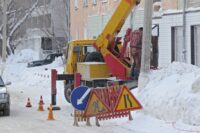
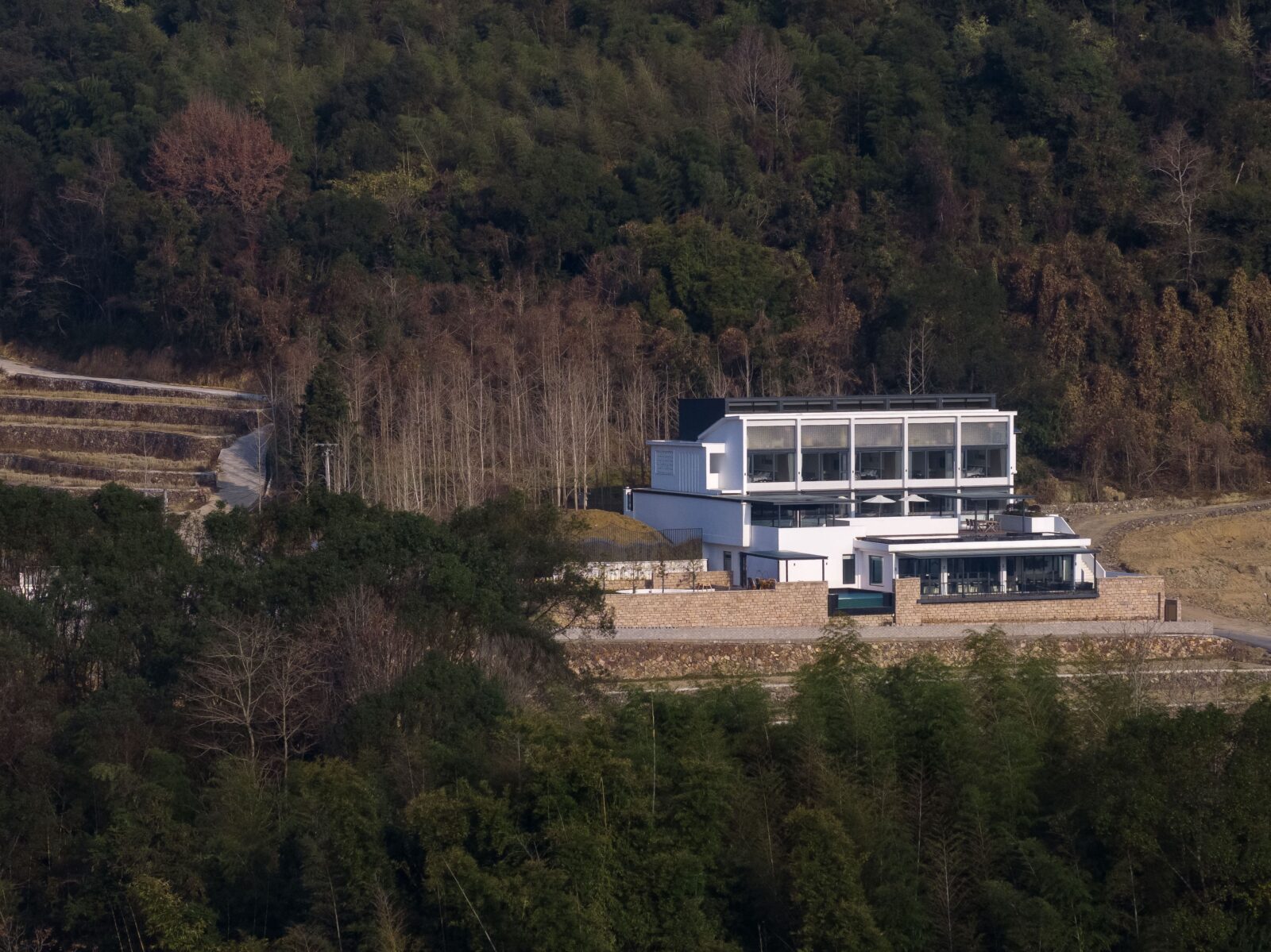
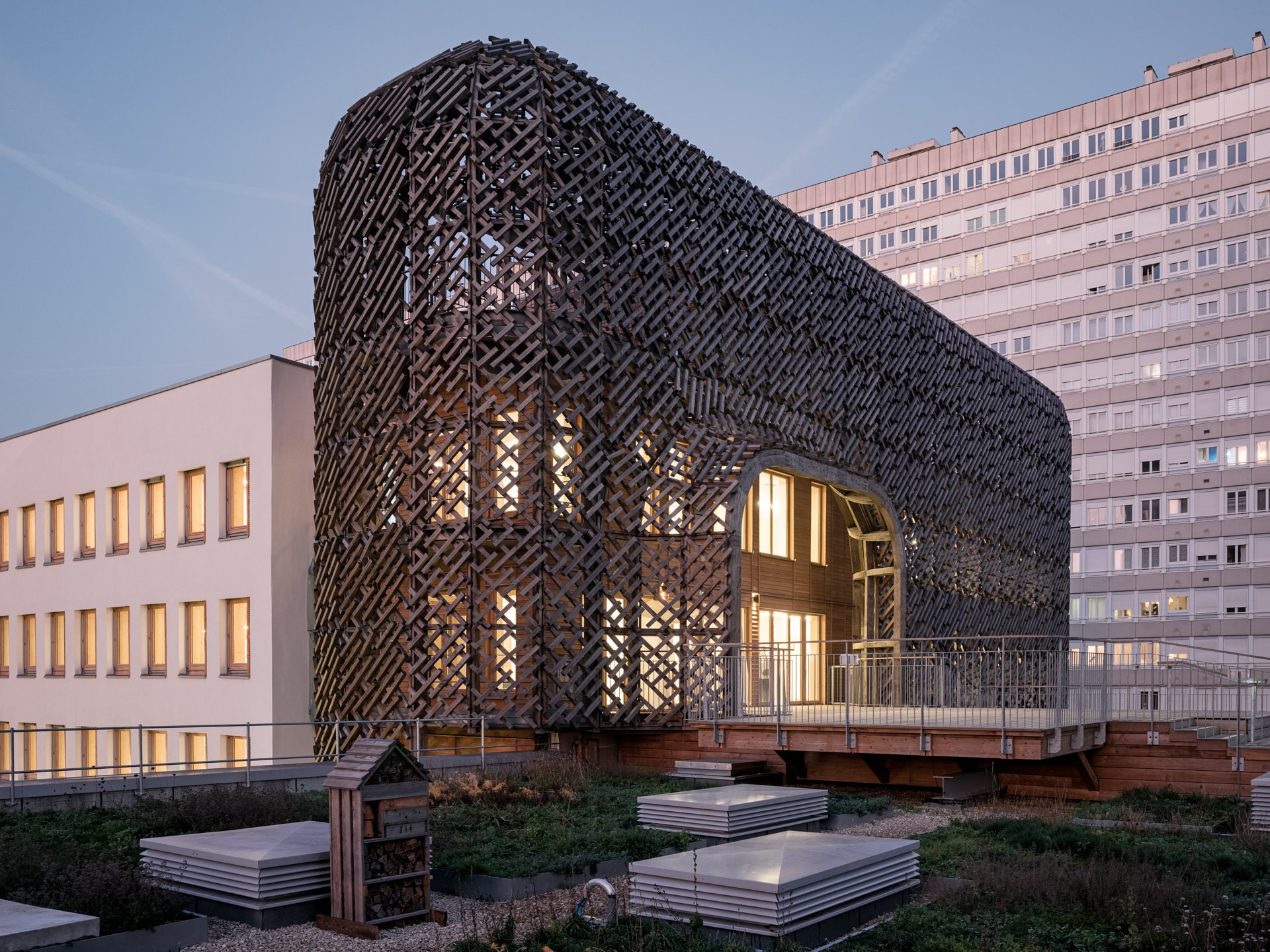
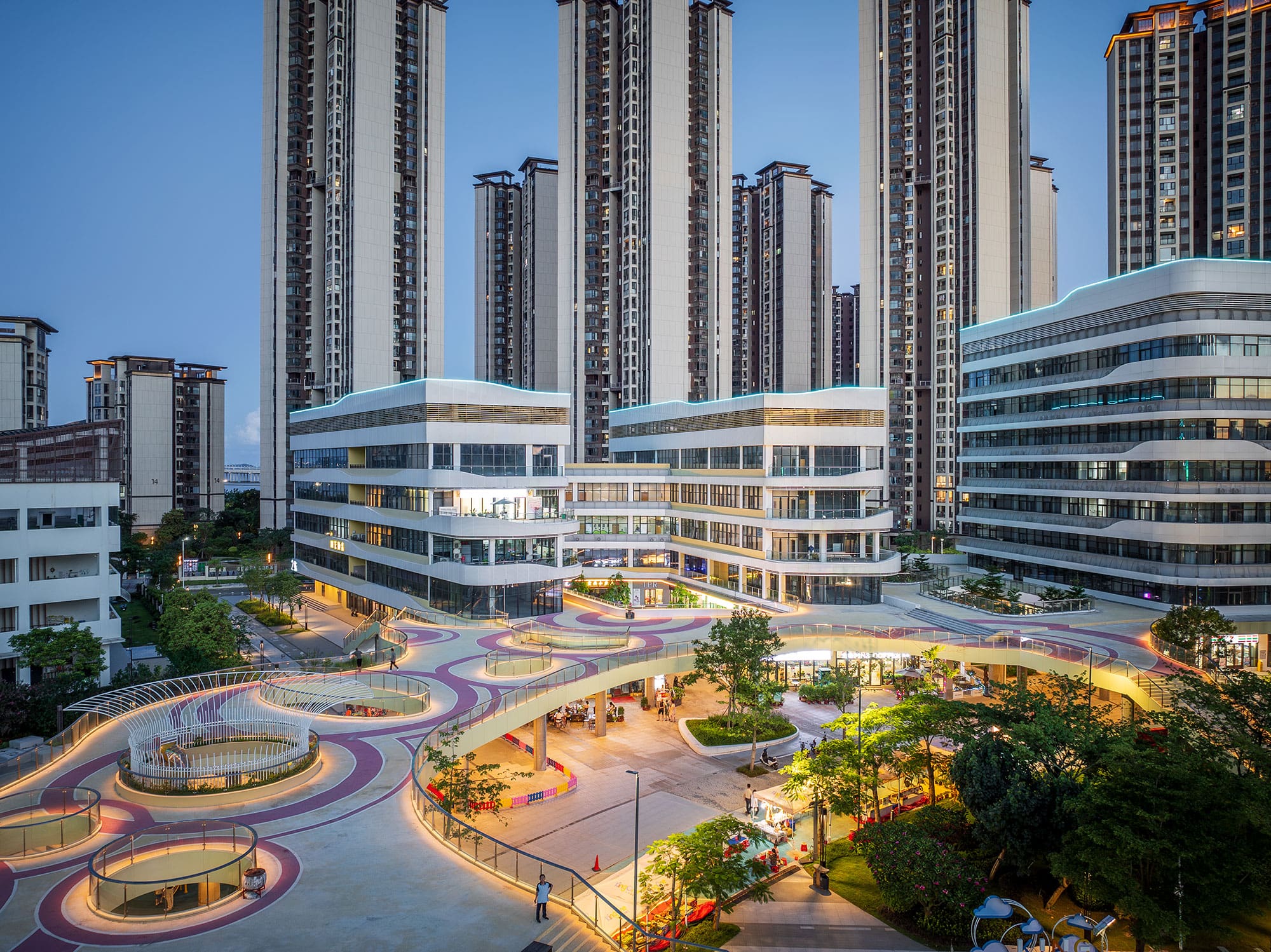
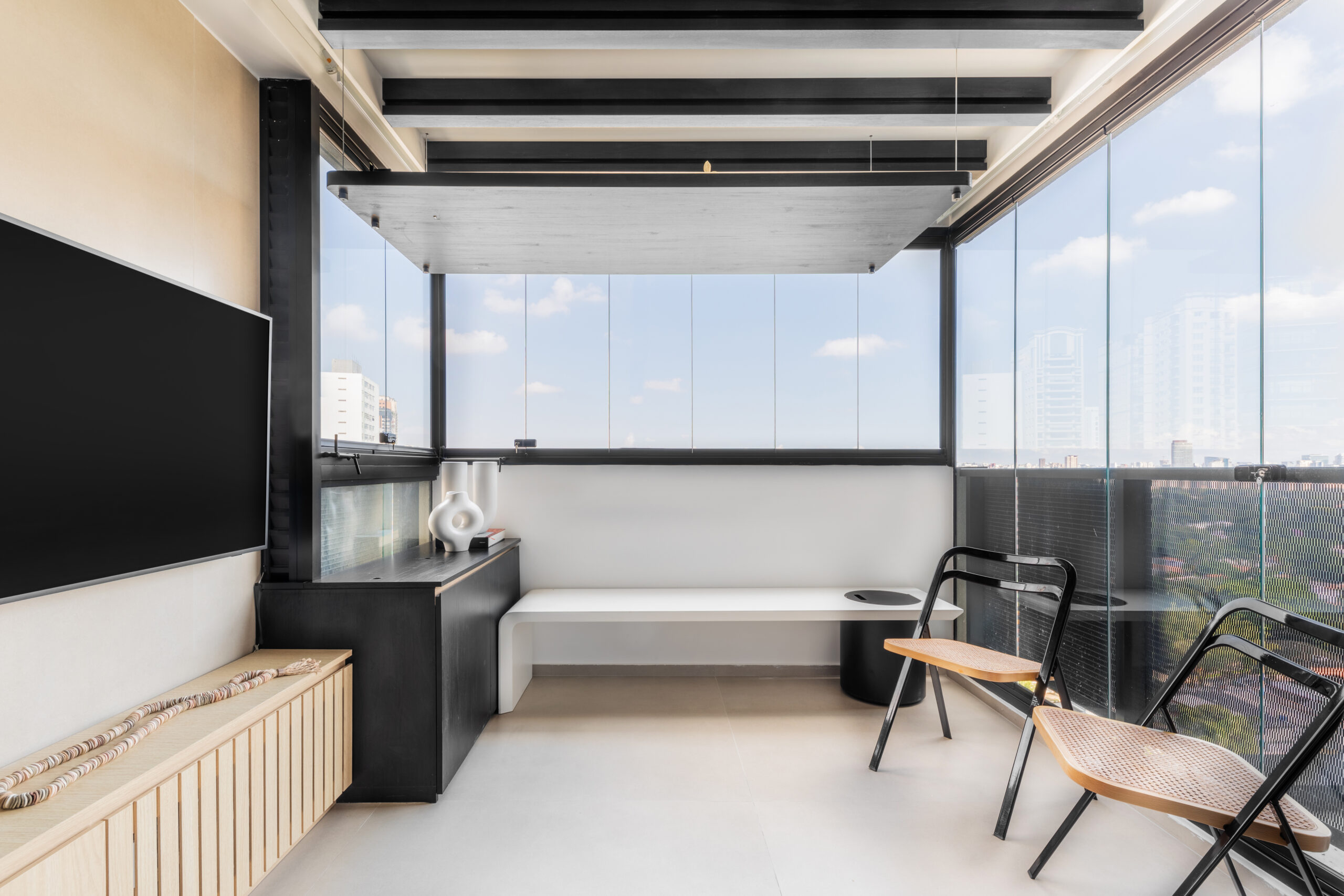
Leave a comment